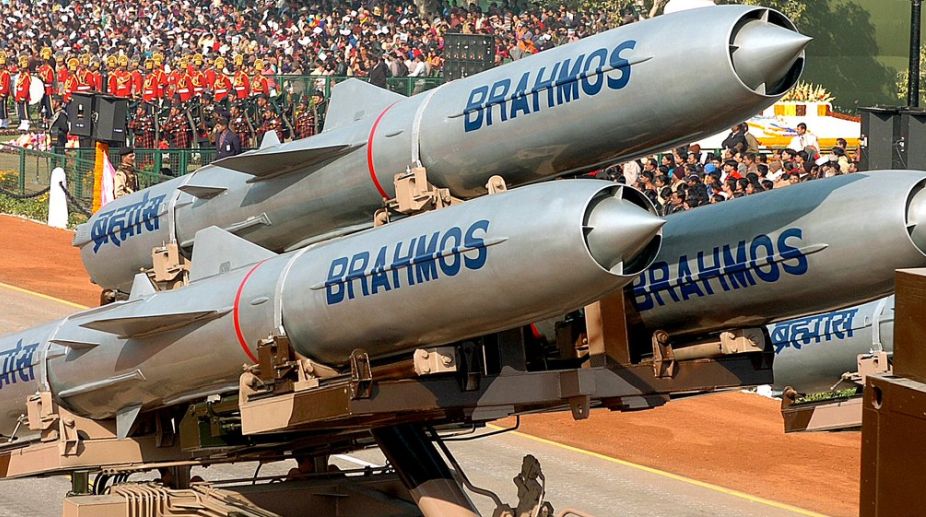Energy Strain
The escalation in American sanctions on Russian oil producers and vessels presents a significant challenge for India’s energy landscape.

BrahMos Missile (Photo: Twitter)
India on Thursday successfully test-fired the BrahMos supersonic cruise missile fitted with an indigenously developed seeker.
Congratulating Defence Research and Development Organisation (DRDO) on the exemplary feat, Defence Minister Nirmala Sitharaman informed on Twitter that the missile flew along the designated trajectory and hit the target with pinpoint accuracy.
Advertisement
The missile was fired from Pokharan test range in Rajasthan at 8.42 am on 22 March with the Indian seeker. The feat is remarkable not only because of the fact that the seeker is a product which boosts the government’s ‘Make in India’ plan in defence but also because it enables other Indian missiles to replace their existing foreign-made seekers.
Advertisement
BrahMos, a joint venture between India and Russia, uses Russian-made seekers to accurately hit the target. India had in 2016 decided to build a seeker of its own.
A seeker is one of the most crucial parts of a missile. A seeker is used in the last 50-100 seconds of the projectile’s flight – the thermal or homing stage.
The successful test-flight further enhances the capability of the BrahMos, which is counted among the world’s best supersonic cruise missiles.
The missile has a range of around 450 kilometres and is the world’s fastest cruise missile with speed of Mach 2.8 to Mach 3. It is also the only supersonic cruise missile than can be fired from land, sea and air.
The Indian Air Force had in 2017 achieved the distinction of being the only air force to have the capability of firing a cruise missile from a fighter jet. In November last year, a specially-modified Sukhoi Su-30MKI fired the missile to hit a target in the Bay of Bengal.
India and Russia are working to upgrade the range of the missile to 600 km after the former’s entry into the Missile Technology Control Regime (MTCR) in 2016.
Advertisement